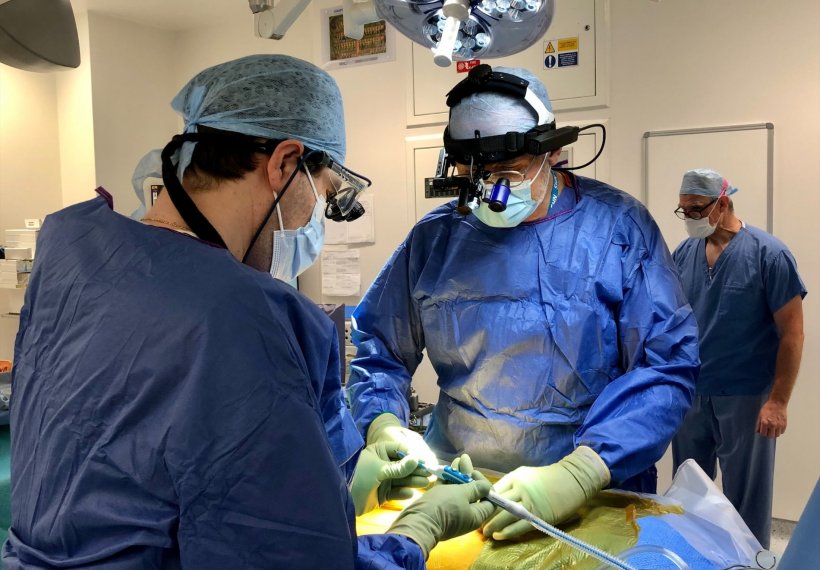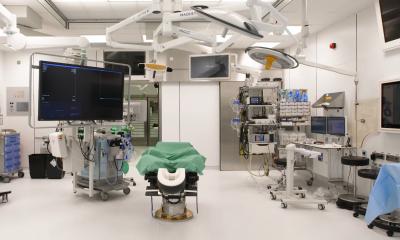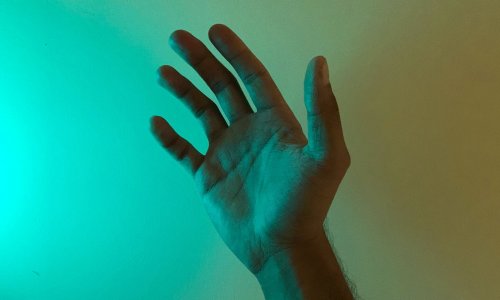
Image source: NNUH
News • Virtual insights
World's first augmented reality neuromodulation spinal surgery
The first augmented reality (AR) spinal surgery in the world has taken place at the Norfolk and Norwich University Hospital (NNUH).
Surgeons at NNUH utilised the latest video technology and augmented reality (AR) googles with the assistance of a neurosurgical colleague in Wales providing extra support with a complex spinal cord stimulation procedure. The NNUH is one of the biggest neuromodulation centres in the country – offering traditional spinal cord stimulation, DRG stimulation and peripheral nerve stimulation – that involves surgery to place an implantable device and electrodes in the spinal canal, which can significantly reduce and in some cases stop pain signals for patients living with severe chronic neuropathic or nerve pain.
Having that extra support if we do have an expected difficult case improves patient safety and the chances of the procedure being a success
Ann-Katrin Fritz
Spinal Consultant Nick Steele and team carried out the two and a half hour operation with the assistance of neuromodulation expert Mr Chirag Patel in Cardiff, who was on hand to give guidance through a live link and was also able to freeze and annotate images that could be viewed through the NNUH surgeon’s AR googles.
The operation took place with technical support also on hand by Rods and Cones in Belgium, which meant that NNUH was the first neuromodulation team to use the Boston Scientific augmented reality goggles worldwide. The technology provides remote support or teaching without the need for a supporting surgeon to travel a long distance to be physically present in the operating room.
Ann-Katrin Fritz, Consultant in Neuromodulation and Pain Management, said the virtual support from Mr Patel meant that NNUH could receive his support in the morning and was still able to carry out his surgical list in Cardiff in the afternoon. “When procedures are complicated, this technology allows us to have another specialist available in another part of the UK and someone very experienced in that procedure. It is the next best thing to having someone scrubbed up at the table in the theatre and there are a lot of advantages to this. Having that extra support if we do have an expected difficult case improves patient safety and the chances of the procedure being a success. It has been a great success and it was great to have the additional virtual support to make it run smoothly. The patient was fascinated and very grateful for the surgery to happen in this way and we can treat these patients at the Norfolk and Norwich and not send them to other centres in Oxford or London.”
Source: Norfolk and Norwich University Hospital
08.10.2021











